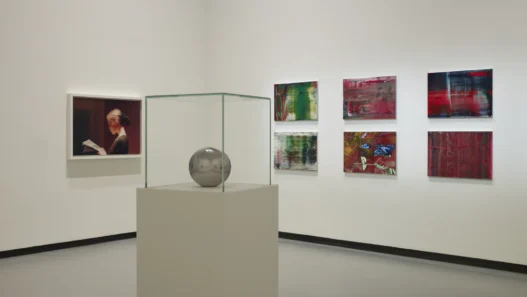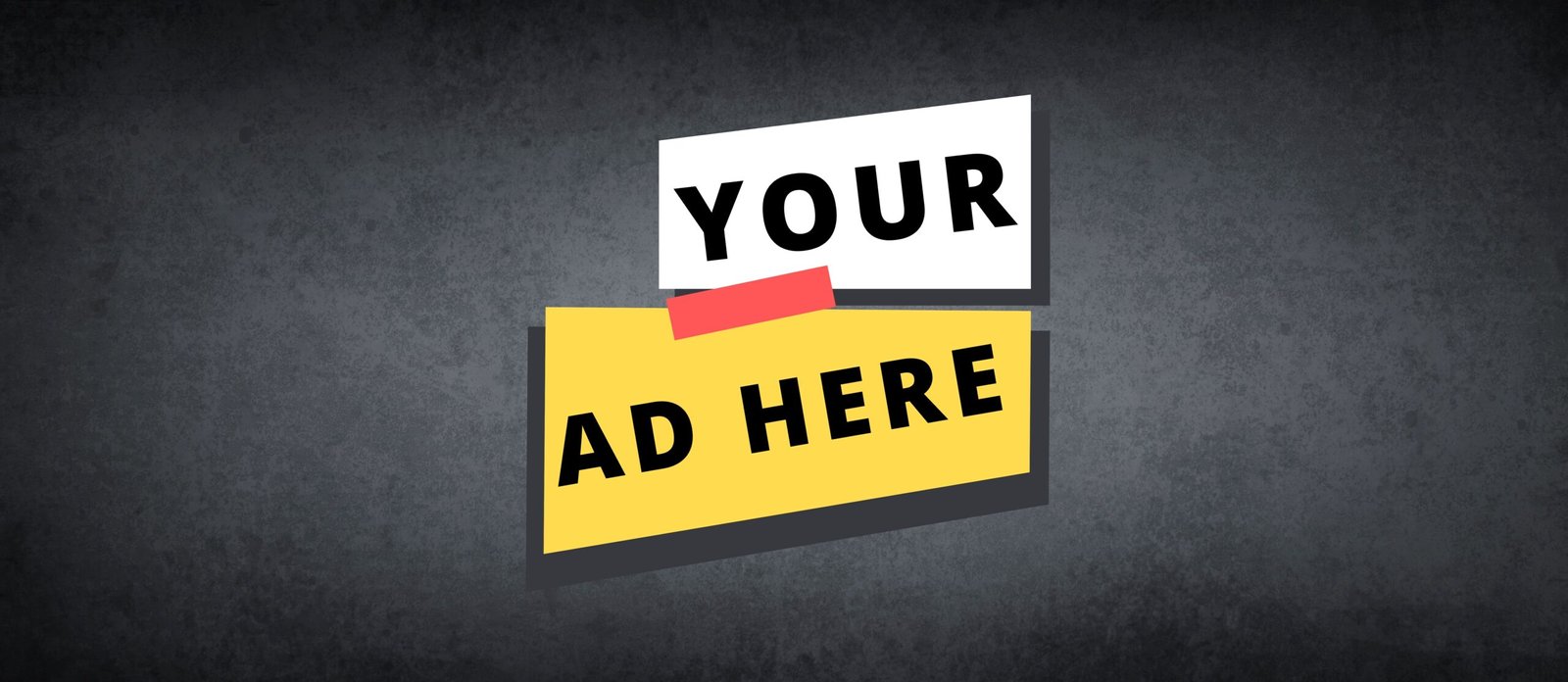In an art world increasingly defined by rising rents, overwhelming market pressures, and the constant need for self-promotion, the individual artist often finds themselves facing isolation and financial strain. The traditional gallery model, while viable for some, can feel exclusive and extractive for the majority.
A powerful alternative is emerging: the Artist-Run Cooperative. This model, blending creative collaboration with shared business ownership, is providing a sustainable and potent solution for both studio space and market visibility, effectively turning a community of peers into an economic force.
1. Beyond the Studio Share: A Co-op is a Business
While a typical shared studio space is simply a rental arrangement, an artist-run cooperative operates as a formal, shared business entity. This distinction is key to its power and resilience.
In a co-op, every member is both a producer (artist) and an owner/manager (shareholder). Decisions, from administrative duties to exhibition scheduling and financial oversight, are made democratically, usually on a “one member, one vote” basis.
Core Benefits of the Cooperative Structure:
- Financial Leverage: The co-op collectively signs leases, negotiates bulk purchases (materials, insurance), and shares the expense of crucial infrastructure like specialized equipment (kilns, large format printers) or paid administrative staff.
- Reduced Overhead: By distributing the financial burden and labor of maintenance and promotion across several members, the cost and time spent on non-creative tasks are significantly reduced for the individual.
- Built-in Accountability: Because every member has a financial and managerial stake in the success of the co-op, there is a powerful incentive for commitment, attendance, and quality control.
2. Shared Space, Shared Vision: The Real Estate Solution
In global art hubs like New York, London, and Berlin, studio rent is often an artist’s greatest obstacle. The co-op model addresses this by turning a fragmented group of renters into a powerful, single tenant.
By forming a legal entity, the co-op can secure more favorable long-term leases on properties that would be unattainable for a single person. Furthermore, many co-ops successfully apply for non-profit status or government grants aimed at supporting cultural institutions, allowing them to:
- Purchase Property: Moving from renting to owning real estate transforms monthly rent payments into equity, securing the co-op’s future against gentrification.
- Develop Flexible Spaces: Co-ops can design spaces that serve dual functions—private studios during the week and a public gallery, classroom, or event space on weekends.
3. Market Power: Controlling the Narrative and the Price
The co-op’s greatest revolutionary potential lies in its ability to disrupt the dependency on external market intermediaries (like commercial galleries) and give artists control over their sales and branding.
The Co-op as a Gallery
When an artist-run co-op operates its own exhibition space, it retains complete control over several critical factors:
- 100% Sales Retention (or near it): Unlike commercial galleries that typically take 50% commissions, a co-op may charge a minimal commission (e.g., 5-15%) only to cover administrative costs or a collective exhibition fund. This dramatically increases the artist’s take-home income.
- Curatorial Autonomy: Artists can exhibit experimental, non-commercial, or politically challenging work without seeking approval from a profit-driven dealer. The collective’s shared vision guides the curatorial programming.
- Unified Marketing: The co-op can pool resources to hire a publicist, attend major art fairs (as a collective booth), or run sophisticated digital marketing campaigns, achieving a level of exposure that would be unaffordable for any single member.1
4. Challenges of the Cooperative Model
The co-op model is not without its difficulties, primarily stemming from the very nature of collective governance:
- The Labor Load: The co-op requires significant sweat equity. Members must rotate administrative roles (treasurer, facility manager, publicity chair) on top of their studio work. Failure to fairly distribute this labor can lead to burnout and conflict.
- Decision Paralysis: Democratic decision-making is slow. Reaching consensus on major financial commitments, such as signing a lease or hiring a staff member, can be challenging and time-consuming.
- Maintaining Focus: The collaborative energy must be channeled effectively. Without a clear mission statement and enforceable internal governance rules, the co-op can devolve into a mere studio rental unit without the added market power.
Despite these challenges, the artist-run cooperative represents a powerful future for creative professionals. By exchanging a degree of individual autonomy for collective financial security and market leverage, artists are building a sustainable, resilient, and ethically sound infrastructure for their work.



















